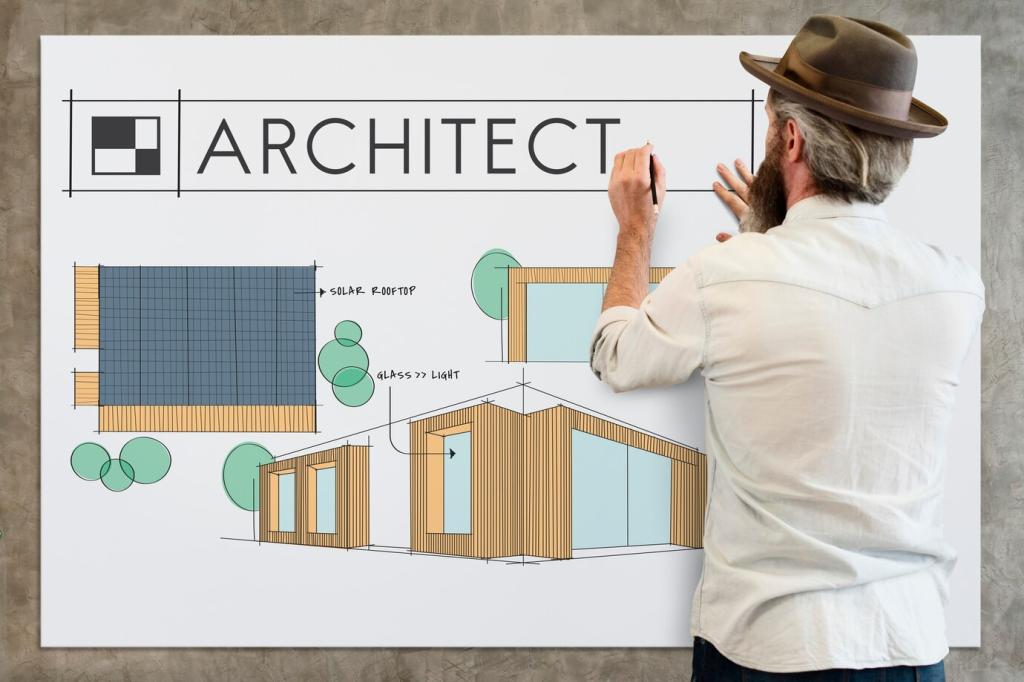The Role of Green Spaces in Future Cities
Green spaces are set to play a pivotal role in shaping the cities of the future. As urbanization accelerates and cities become denser, the need for natural environments within urban landscapes becomes increasingly essential. Beyond their aesthetic value, green spaces profoundly impact public health, ecological resilience, social well-being, and urban sustainability. By understanding the multifaceted benefits and planning strategies for integrating green areas, future cities can create healthier, more liveable, and sustainable environments for generations to come.
Physical Health Improvements
Access to urban green spaces encourages physical activity such as walking, jogging, and cycling. Regular movement in these areas reduces the risk of chronic diseases, including obesity, cardiovascular problems, and diabetes. In addition, green spaces often improve local air quality by filtering pollutants and producing oxygen, leading to lower rates of respiratory illnesses. The presence of parks and gardens also provides safe spaces for children and seniors, promoting greater levels of fitness and overall well-being among all age groups. As cities prioritize residents’ health, integrating easily accessible green areas becomes a foundational element for designing healthier urban environments.
Mental Well-being and Emotional Resilience
Exposure to nature within cities has been repeatedly linked to lower levels of stress, anxiety, and depression. Green spaces offer a much-needed respite from the noise and fast pace of urban settings, providing environments for relaxation, meditation, and mindfulness. Studies have shown that even short periods spent in parks or gardens can improve mood, restore attention, and enhance cognitive function. By fostering a sense of calm and psychological restoration, urban green environments also contribute to emotional resilience, making it easier for residents to cope with the everyday challenges of city life.
Social Cohesion and Community Health
Parks and green corridors serve as gathering places, fostering social interaction and community ties. They provide venues for communal activities such as sports, festivals, and neighborhood gatherings, which help build a sense of belonging and cooperation among residents. Facilities within green spaces, such as playgrounds and community gardens, enable intergenerational engagement and multicultural exchange. As a result, these areas not only reinforce social bonds but also contribute to the overall mental and physical health of communities, encouraging greater inclusivity and strengthening social networks.
Previous slide
Next slide

Environmental Advantages and Urban Sustainability
01
Vegetation in urban areas helps to regulate temperature, reduce the urban heat island effect, and mitigate the impacts of extreme weather events. Trees and plants cool city air through shade and evapotranspiration, making communities more comfortable during heatwaves. Green spaces can also absorb excess rainwater, reducing the risk of flooding and maintaining stable water cycles. As climate change intensifies, these functions will become crucial in safeguarding city infrastructure and residents against environmental hazards.
02
Urban green spaces provide essential habitats for various fauna and flora, supporting biodiversity in what would otherwise be predominantly built environments. By incorporating parks, green roofs, and connected green corridors, future cities can promote the survival of pollinators, birds, and native plant species. This biodiversity not only strengthens local ecosystems but also offers educational opportunities and enhances ecological awareness among urban populations. Preserving a rich web of life within cities is key to maintaining resilient, adaptive, and vibrant urban environments.
03
Vegetated areas act as natural filters for urban pollution. Trees trap dust, absorb harmful gases such as carbon dioxide and nitrogen oxides, and regulate humidity. This function is particularly significant in densely populated regions where vehicular emissions and industrial activities compromise air quality. Green buffers along roads, for example, can significantly diminish air pollution exposure for nearby residents. Sustained investment in urban greenery not only enhances physical health but also contributes to cleaner and more sustainable metropolitan atmospheres.
Previous
Next
Design Strategies for Integrating Green Spaces
Modern green spaces are increasingly being designed to serve several purposes simultaneously. From providing stormwater management systems to recreational amenities and wildlife habitats, multifunctional landscapes make efficient use of limited city land. Rooftop gardens, vertical forests, and green walls are examples of how greenery can be creatively integrated into urban structures. By combining utility, beauty, and ecological function, these spaces address the complexity of urban life and help future cities become more adaptive and resilient.
